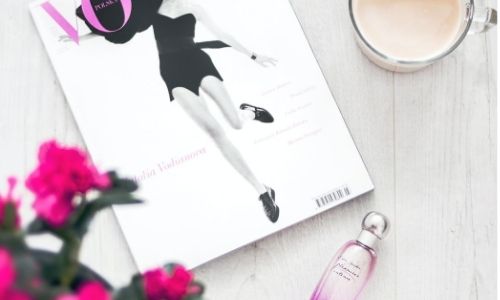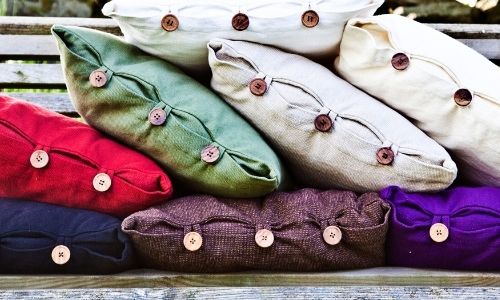To keep your project clean, it's important that the messy stages are done in a dedicated space.
All
gluing, whether it's with a hot glue gun or with a dry glue stick, should be done in your craft room on a flat, clean surface. All glue residue on tools and surfaces should be cleaned thoroughly afterwards.










































